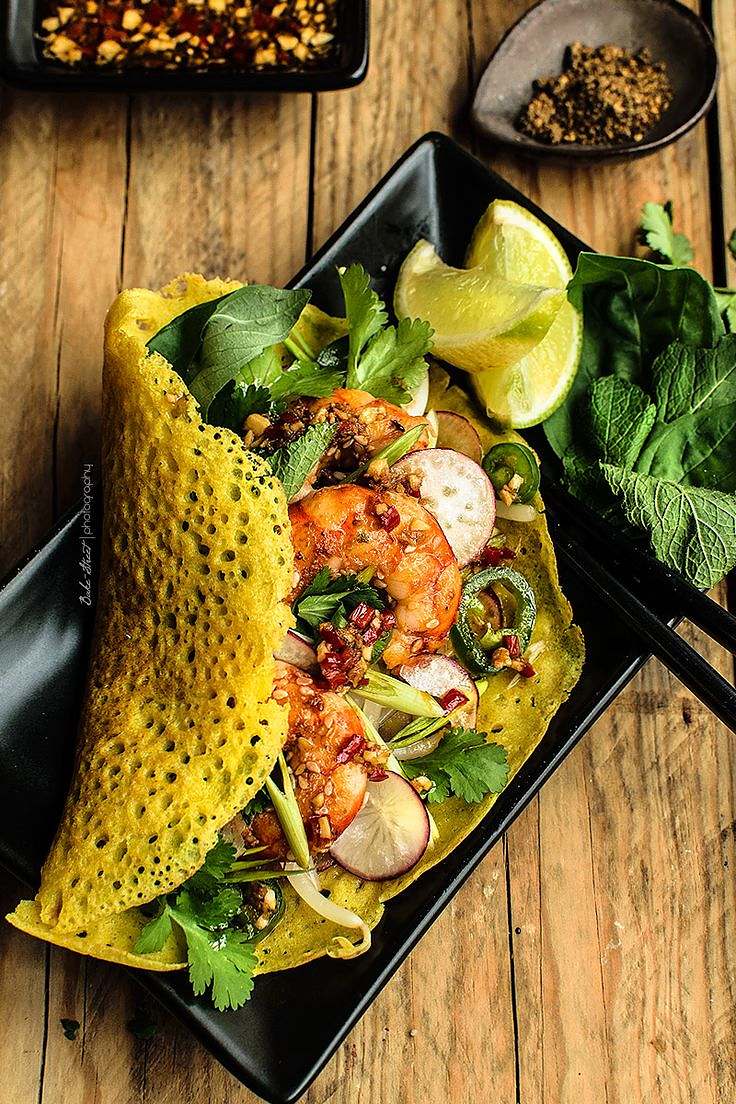Overview of World Asian Cuisines
Asian cuisines, with their varied tastes and distinctive cooking methods, have long transcended regional boundaries and influenced worldwide culinary landscapes. Knowing these cooking customs gives you insights into Asian civilizations and history in addition to providing palate delight.

Chinese Cuisine
The Depth of Chinese Cooking
Chinese food, which varies greatly depending on the locale, includes hot Sichuan meals as well as delicate Cantonese cuisine. Due to its adaptation to regional preferences outside of China, dishes like General Tso’s chicken and sweet & sour pork have become classics throughout the world.
Japanese Cuisine
Japanese Food, the Fusion of Innovation and Tradition
Fresh ingredients and beautiful presentation are key components of Japanese cuisine. Once a novel meal outside of Japan, sushi is now a staple in cities throughout the world, demonstrating the attraction of Japanese culinary inventions to a global audience.


Indian Cuisine
The Hot Tastes of Indian Food
Indian food is known for using a wide variety of spices. Every part of India has its own specialties, such as the north’s tandoori chicken and the south’s curries made with coconut. Indian spices have been popularized through these recipes, which have also brought attention to their health advantages.
Interesting facts about Global Asian Cuisine
Asian food offers a wealth of flavours and culinary techniques and is historically rich and diversified. The following fascinating details highlight the distinctive qualities and worldwide significance of different Asian cuisines:
1. Sushi’s World Tour
Sushi was once a way to preserve fish in fermented rice, but it has now become a global culinary phenomenon. These days, sushi is made using local ingredients by inventive chefs all around the world, incorporating other culinary traditions into this staple of Japanese cuisine. Gone are the days of serving merely nigiri and maki.
2. The spice market in India
Known as the “land of spices,” India is the world’s largest producer and consumer of pepper, turmeric, and cardamom, among other spices. Spices are used in Indian cuisine not only for flavour but also for their medicinal and preservation qualities.
3. The health benefits of Korean kimchi
Kimchi is a fermented meal composed primarily of cabbage and several seasonings. It is a mainstay of Korean cuisine. It is well-known for having probiotics and a high vitamin content, both of which are good for gut health. Since kimchi is so essential to Korean culture, most families have inherited their own special recipes from previous generations.
4. The Filipino Adobo
It is a well-known meal in the Philippines that demonstrates the culinary impact of Spanish colonization. It is made by marinating meat, seafood, or vegetables in a mixture of vinegar, soy sauce, and garlic. The name “adobo” in Spanish refers to marinate, and this technique has become wholly Filipino.
5. Thailand’s Ground-Breaking Tom Yum Goong.
This well-known Thai soup is renowned for its unique hot and sour taste, and the broth is richly spiced and herbaceous. The soup’s powerful blend of herbs and spices, which includes crushed chili peppers, galangal, lemongrass, kaffir lime leaves, and lime juice, is believed to strengthen the immune system.
6. Chinese Tea Culture.
With a millennium-old history, tea is an essential part of Chinese culture and food. China, the country where tea originated, has elevated tea drinking to an art form and influenced cultures all over the world.
7. Vietnamese Coffee Culture.
Vietnam is the second-biggest exporter of coffee in the world, and it has a distinctive coffee culture. Vietnamese coffee is recognized worldwide for its unique flavour, which is achieved by brewing coffee in a small metal drip filter and adding sweetened condensed milk.
8. Japanese Ramen Evolution.
After World War II, ramen—which was first brought to Japan from China—became a staple meal. Every region of Japan has its own take on the dish, ranging from the Sapporo-style miso-based broths to the Kyushu-style pork bone (tonkotsu) broths. Global phenomenon like ramen restaurants and quick ramen showcase Japanese culinary creativity.

Thai Cuisine
Thai Food: A Flavor of the Orient
The harmony of sweet, sour, salty, and spicy flavors makes Thai food so popular. Thai cuisine is best exemplified by dishes like Pad Thai and Tom Yum Goong, which have achieved international recognition.
Korean Cuisine
Korean Food, Strong Flavors and Fermented Foods
Korea’s culinary exports, such as kimchi and Korean barbecue, have gained international fame, bolstered by the global spread of Korean popular culture. These dishes are celebrated for their distinctive flavors and communal eating style.


Vietnamese Cuisine
Vietnamese Food: Aromatic and Fresh
Vietnamese food is known for its tasty yet light meals, with pho and banh mi in particular gaining popularity around the world. Vietnamese iced coffee’s acceptance by the international coffee scene is more evidence of its popularity around the world.
Indonesian and Malaysian Cuisines
Malaysian and Indonesian Cuisines: Flavorful and Aromatic
These cuisines are renowned for using local spices and having strong flavors. Southeast Asian delicacies such as chicken satay and beef rendang have made their way onto restaurants throughout the world.


Central Asian Cuisines
Cuisines of Central Asia
The food of Central Asia, which includes Turkmenistan, Uzbekistan, Kazakhstan, and other nations, provides an intriguing window into the gastronomic customs of the Silk Road.
